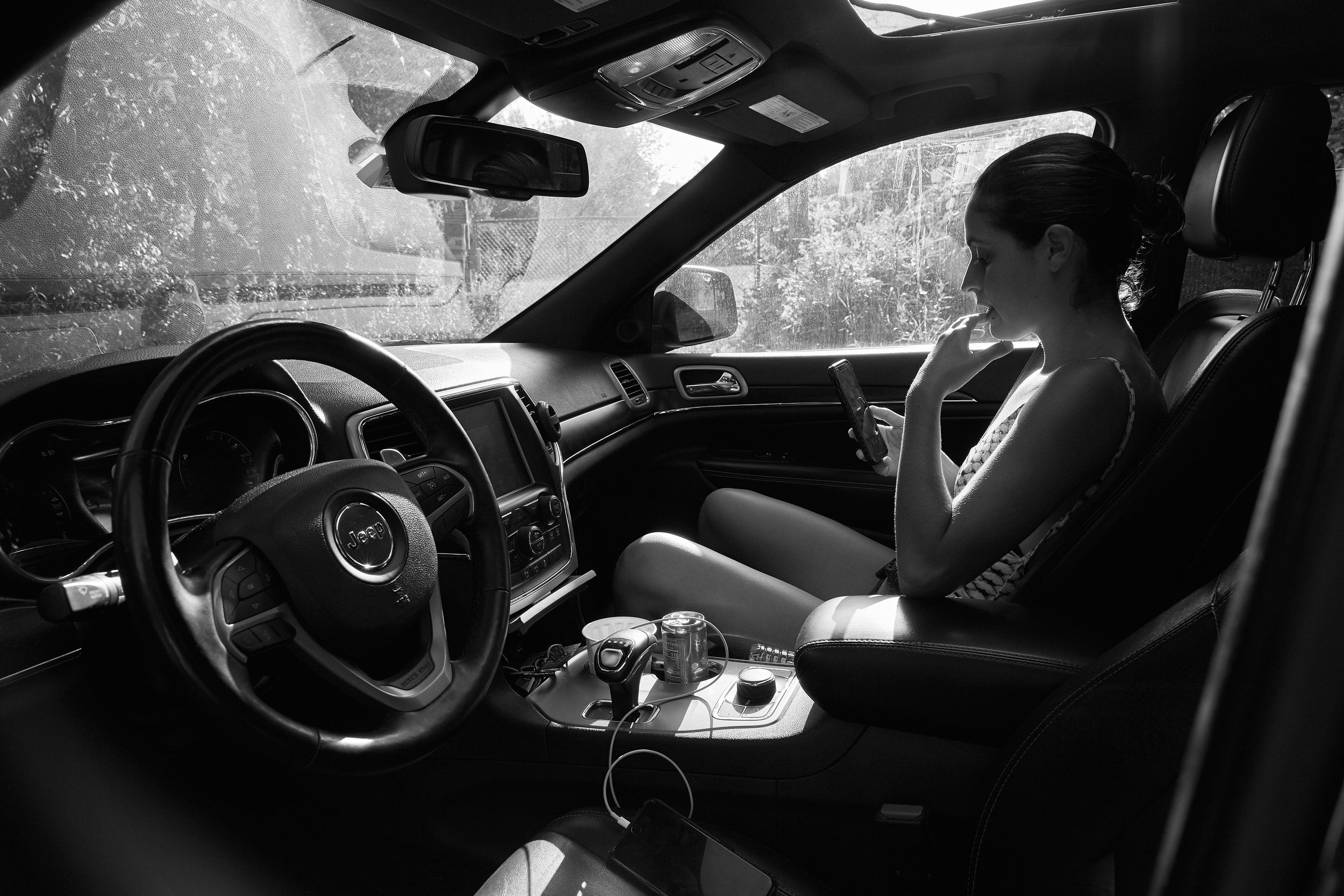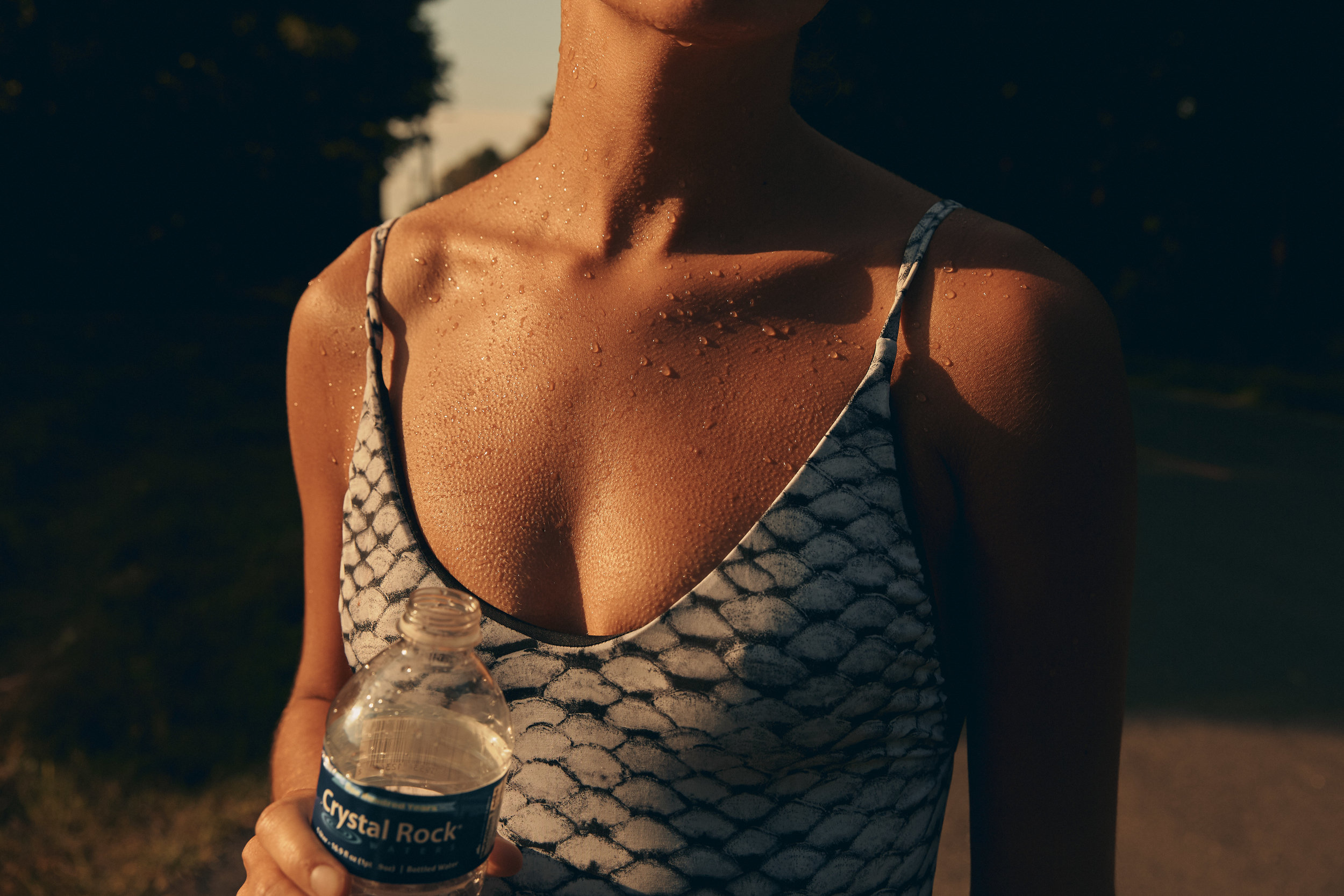After quite a few months off the blog I think it’s time for me to come back.
I still write nearly everyday but I miss being extremely routine in my mornings.
It’s time for me to get back to that but with a new agenda.
Over the next few months I am going to be posting photo Vlogs on here for anyone looking to take their photography in another direction.
I’m not very by the book but it is my hope that with these video tutorials, and critiques I can better my own practice and help people learn the things others would not teach me.
To get this started if you are out there taking photos we need to get you shooting manual.
It is the foundation of your technical freedom as a photographer.
With manual shooting there are 3 components or setting you will need to control.
#1 Your aperture also known as an F-stop. This controls your depth of field. The higher your F-stop the more things in your image will be in focus.
The lower your F-stop the less things will be in focus. (For example a portrait with a blurred out background.)
#2 Your shutter speed.
This one is pretty self explanatory but with this tool you have the ability to either freeze or blur motion.
Higher shutter speed is what you will use for things like sports if you chose too.
Lower shutter speed is great for bringing more natural light into your photo and also for long exposures.
#3 Your ISO This stands for International Standards Organization but that has no relevance to what it does.
This tool is for when you want to keep your shutter speed and F-stop fixed but the image is still too dark.
for this you simply turn your iso up and it will make your image brighter.
The iso is tricky though because it electricity being pumped into your sensor it is not actually real light.
This can cause a problem when turning your iso over 6400 bringing unwanted noise into the image you are trying to create.
On sunnier days I keep my iso around 100-400.
On cloudy days or in dark rooms I can range anywhere from 400-3200.
Keep in mind these are just simple techniques to understand the capability of each tool in your camera when understanding exposure.
It may take a few weeks to fully grasp so use your camera often and don’t be afraid to experiment.
One thing that no one told me when I was learning is that there are no rules to photography.
Figure out your own settings, shoot sports with a slow shutter, shoot portraits with shitty lenses, do whatever feels right to you because that is what makes an image unique.
Don’t think the rules are there to constrict you they are there to set you free because once you understand them you can totally avoid them or use them at your leisure.
Hope this helps.
All the best,
Atticus












